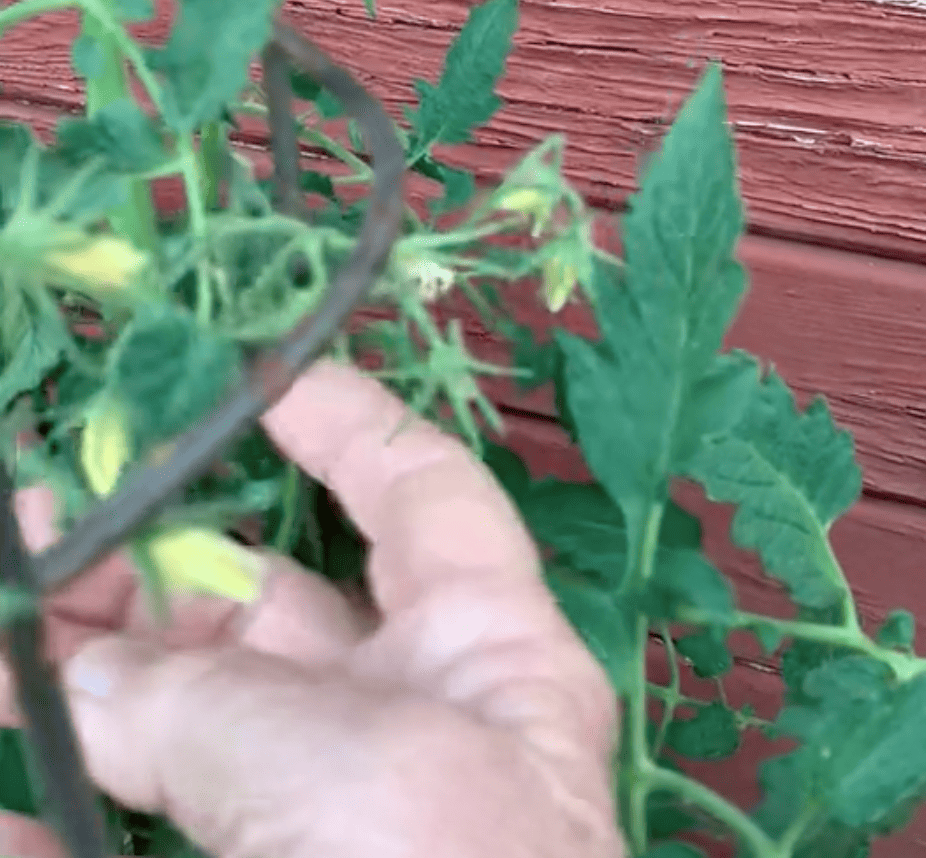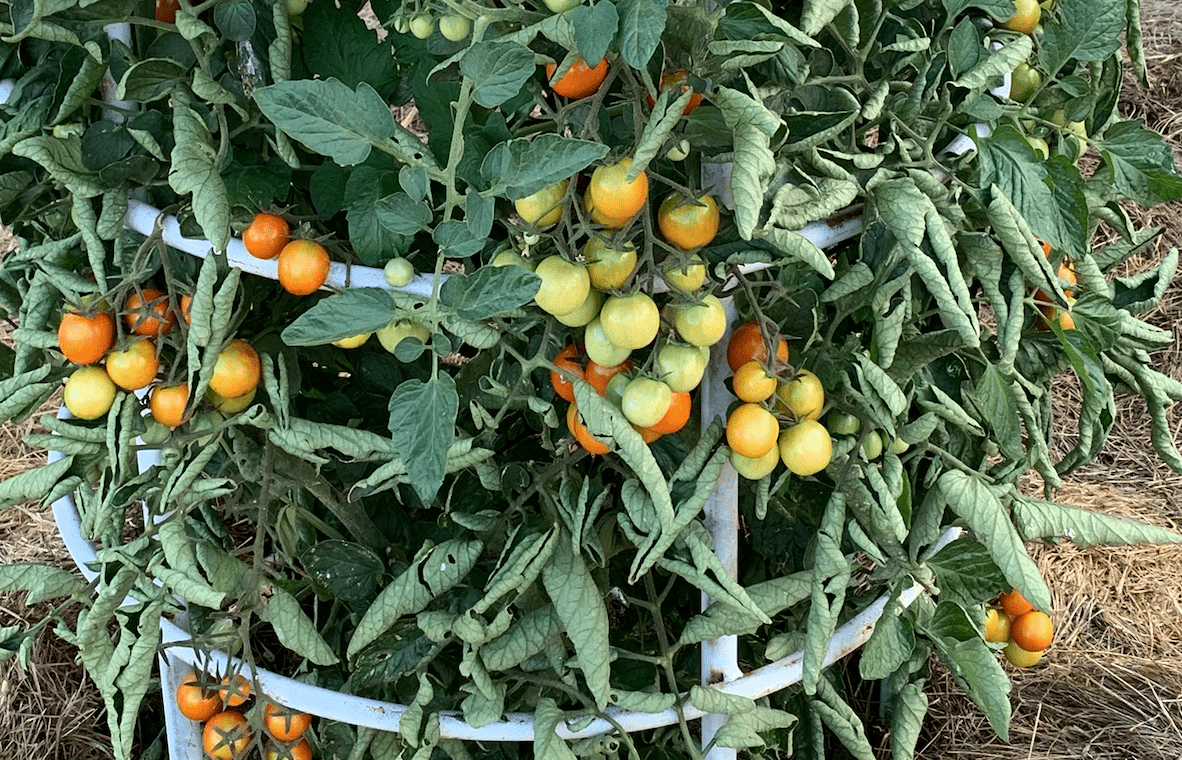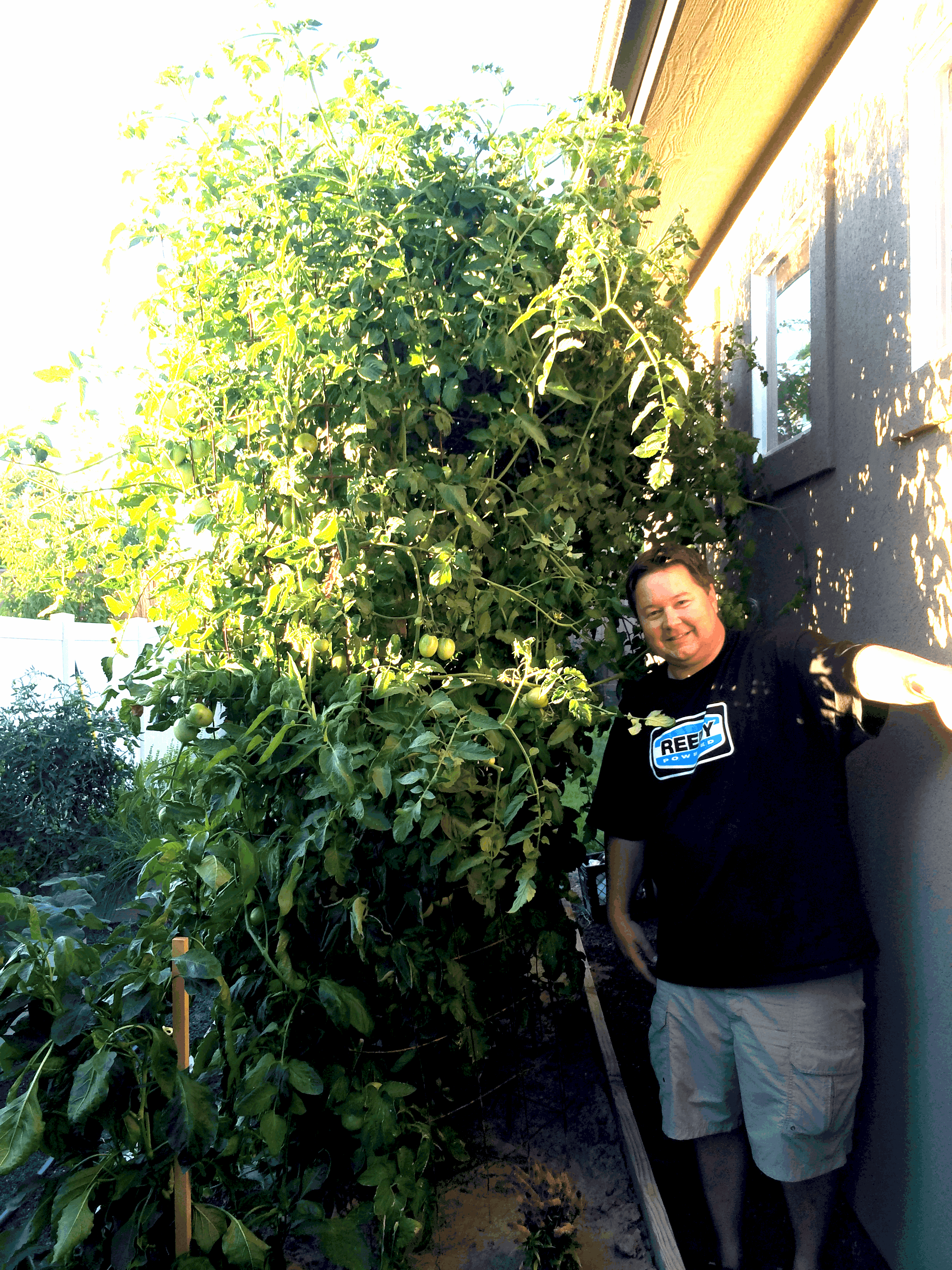Any tomato gardener knows that blight can wreak havoc on your plants. If you don’t catch it quickly, your yield may be greatly decreased, and in some cases, you may even lose your entire crop. There are three main types of blights that affect tomatoes. We’ll teach you how to identify them and what you can do to prevent them.
Blight is a plant disease, often caused by a fungus, that is marked by lesions, withering leaves, and sometimes death of the plant. Tomatoes can be affected by three main forms of blight: early blight, late blight, and septoria leaf spot. Each has different physical characteristics, but the treatment and prevention of these blights is typically the same.
Early Blight
Early blight is caused by the fungus Alternaria solani. This type of blight usually starts when the first fruit starts to appear. You may notice a few small brown lesions that start on the bottom leaves. These spots will be dark with concentric rings (like a target) ranging from a ¼ to a ½ inch. The outside of these spots will start to yellow like little halos around the affected area. The plant tissue within the center of the rings will be dry and dead. The surrounding leaves and stem may start to turn yellow and droop before they eventually turn brown and die. Fruit near the stem may also start to be affected with black spots that turn into large bruises.



